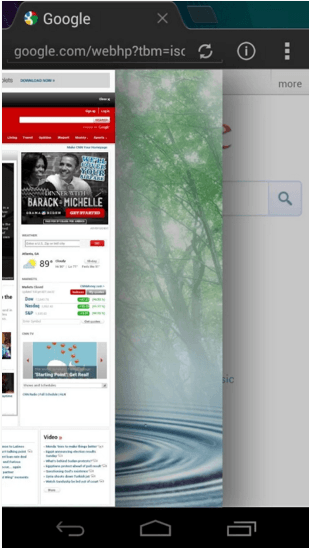


This novel attack highlights the potential weaknesses of public charging stations. Specifically, this type of attack targets DC rapid chargers, while private AC home chargers are immune to it. The root cause of this attack lies in the combination of the current charging protocol and systems. This means that the attacker can carry out the attack from a reasonable distance without physically interacting with the targets, as also successfully demonstrated by the researchers. Since the charging cable is susceptible to electromagnetic interference, it inadvertently also functions as an antenna. However, if signals are continuously sent to make both the EV and the EVSE believe the cable is busy, communication is disrupted and the charging process is halted, as in the Brokenwire research.Īdding another layer of risk to this scenario is that it can be done remotely. The protocol, called carrier sense multiple access/collision avoidance (CSMA/CA), is designed to prevent collisions by detecting whether the charging cable is busy before initiating communication. The attack takes advantage of the communication protocol used between EVs and EV supply equipment (EVSE). The researchers named this attack Brokenwire because it involves stopping the signal in the wire to disrupt the charging process. From a distance of up to 47 meters, they were able to interfere with the communication and halt the charging session. To set up the attack scenario, the researchers used a software-defined radio (SDR) with a designated payload in the RF (radio frequency) signal.

Technical details of the Brokenwire attack The attack can remotely halt a single vehicle or a fleet of vehicles from charging at the same time. Thus, the Brokenwire attack was a notable catch by Köhler et al. CCS takes advantage of power-line communication (PLC) technology, which transmits and receives signals through electrical wiring. Public charging stations typically use DC charging, while private ones use AC.ĬCS outplays other DC charging standards and will likely become the charging standard of choice worldwide in the future. The automotive industry has found DC charging to be a good alternative to AC (alternating current) charging when it comes to EVs because of its better efficiency, battery compatibility, convenience, and charging speed. One of the challenges of EVs is that they charge at a much slower rate than traditional cars are refueled. In this blog entry, we revisit this attack scenario, as the researchers have released a more comprehensive version of their research for the 2023 Network and Distributed System Security Symposium (NDSS). Īt the time of their publication, they released limited technical details on their findings to prevent potential abuse and give affected manufacturers time to address issues related to their attack. They called their discovery the Brokenwire attack. In 2022, the researchers Sebastian Köhler, Richard Baker, Martin Strohmeier, and Ivan Martinovic demonstrated a novel attack that exploited vulnerabilities in the Combined Charging System (CCS), the most widely used DC (direct current) rapid charging technology for electric vehicles (EVs).


 0 kommentar(er)
0 kommentar(er)
